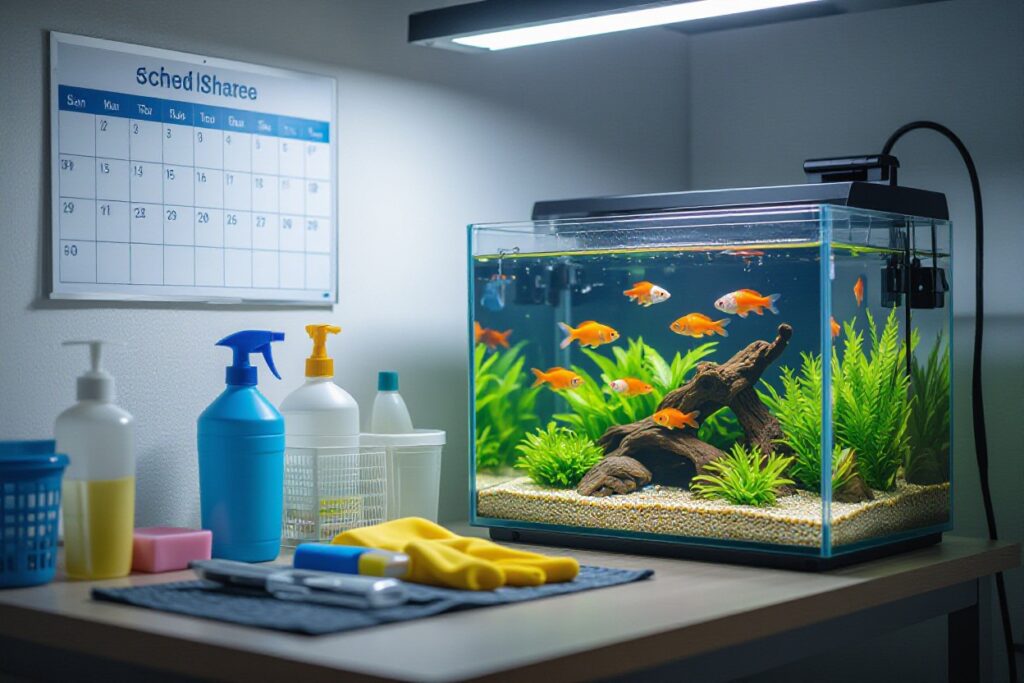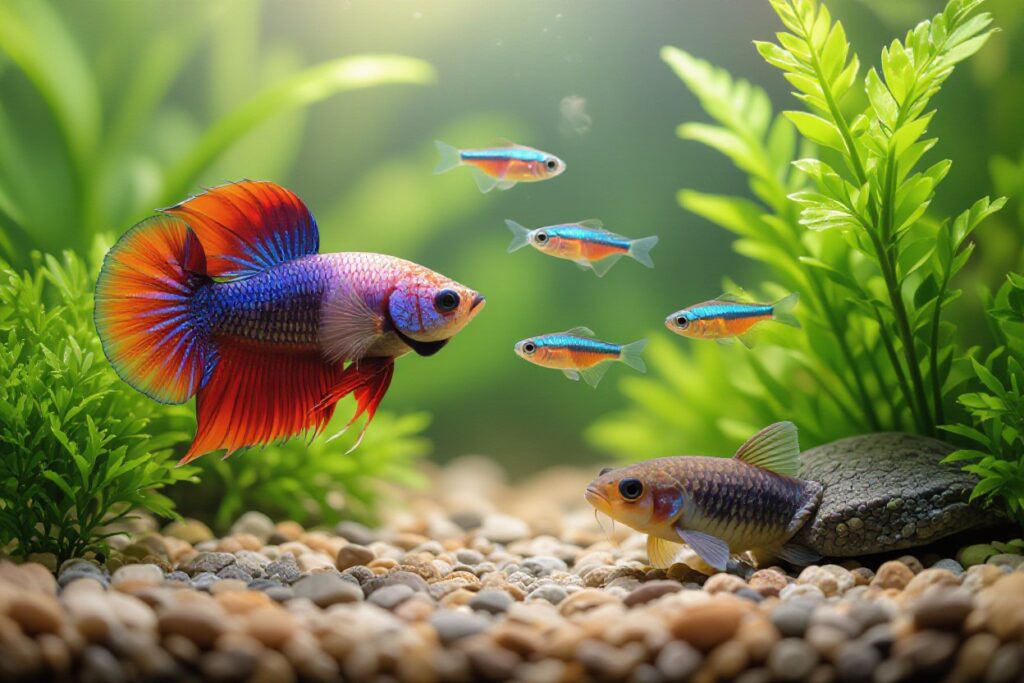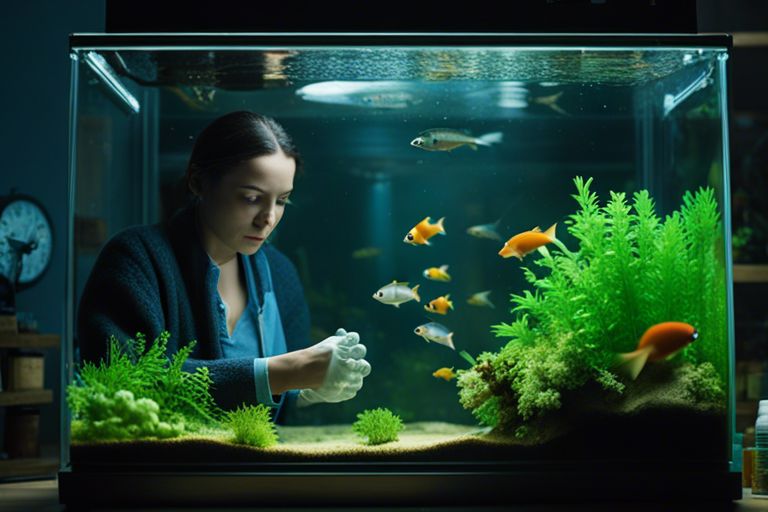There’s nothing more frustrating for aquarium enthusiasts than dealing with water quality issues that can harm their beloved aquatic pets. Whether it’s cloudy water, algae overgrowth, or sudden changes in pH levels, these common problems can be a headache to solve. In this guide, we will walk you through the most common water quality issues that can arise in your aquarium and provide practical solutions to help you maintain a healthy environment for your fish and other aquatic creatures. Let’s dive in and troubleshoot these issues together to ensure your aquarium thrives!
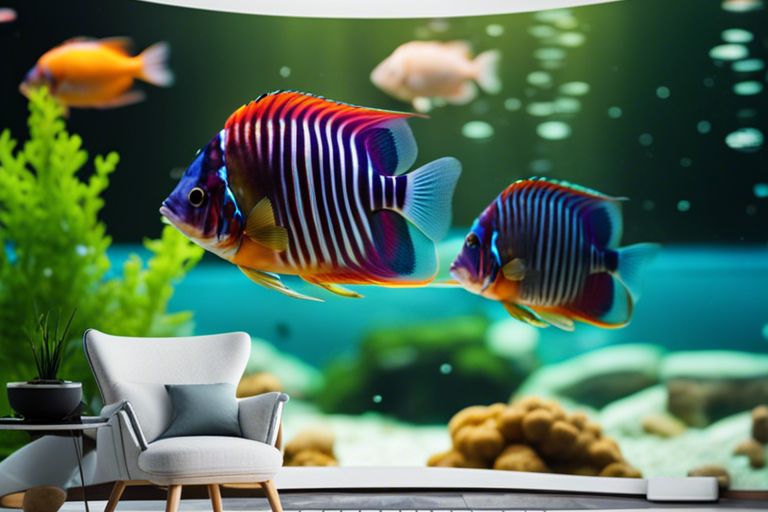
Identifying Water Quality Problems
Testing Water Parameters
Your aquarium’s water quality is pivotal to the health and well-being of your aquatic pets. Regularly testing water parameters such as pH levels, ammonia, nitrite, and nitrate concentrations is crucial in identifying any potential issues early on. Invest in a reliable water testing kit and follow the instructions carefully to ensure accurate results.
Recognizing Signs of Distress in Aquatic Life
Any changes in water quality can quickly lead to distress in your aquatic organisms. Keep a close eye on your fish, plants, and other inhabitants for any signs of stress or illness. Symptoms of poor water quality may include lethargy, gasping at the surface, fin rot, or discoloration. Act swiftly if you notice any of these indicators to prevent further harm to your aquatic ecosystem.
Water quality problems can manifest in various ways, affecting the health of your aquarium ecosystem. By understanding the importance of testing water parameters and recognizing signs of distress in your aquatic life, you can proactively address issues and maintain a thriving aquatic environment.
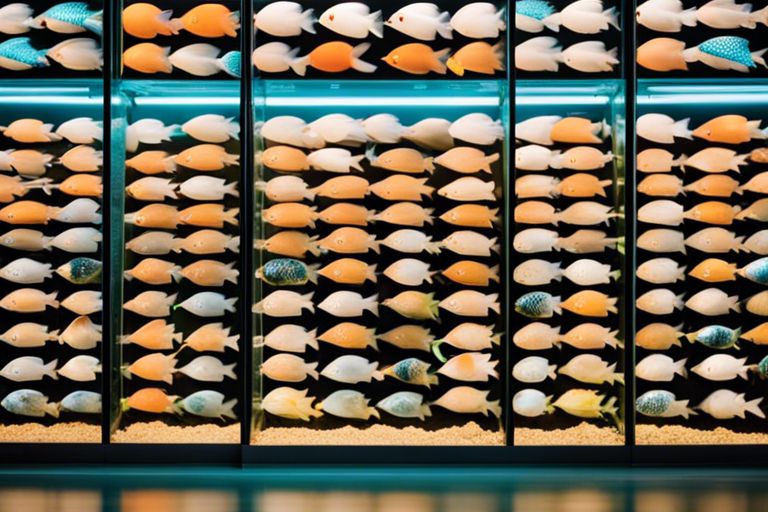
Addressing Chemical Imbalances
Managing pH Levels
On the chemical front, one of the most critical factors to monitor in your aquarium is the pH level. Fluctuations in pH can stress your fish and impact their health. To manage pH levels effectively, consider using buffers or additives specifically designed to stabilize the water’s pH within the ideal range for your fish species.
Controlling Ammonia, Nitrite, and Nitrate
To ensure a healthy environment for your aquatic pets, it is crucial to control the levels of ammonia, nitrite, and nitrate in your aquarium. These compounds, if left unchecked, can be harmful to fish and other inhabitants. Regular water testing and partial water changes are effective methods to keep these chemical levels in check.
Controlling the levels of ammonia, nitrite, and nitrate in your aquarium is vital for the well-being of your fish. Ammonia is highly toxic and should be kept at zero levels. Nitrite is also harmful and should be monitored closely. Nitrate, while less toxic, can still be detrimental in high concentrations. Regular maintenance, proper filtration, and a balanced ecosystem can help control these chemical imbalances effectively.

Biological and Physical Considerations
The Role of Filtration Systems
Role To maintain a healthy aquatic environment, adequate filtration is important in an aquarium. Filtration systems work to remove excess waste, debris, and harmful toxins from the water, helping to maintain water quality and support the overall well-being of your fish and other aquatic inhabitants.
Regular Maintenance and Water Changes
Maintenance Regular maintenance and regular water changes are vital aspects of keeping a thriving aquarium. Regular water changes help remove accumulated waste and replenish important minerals and trace elements for your aquatic species, ensuring a more stable and healthy ecosystem within your tank.
For instance, it is recommended to perform a 25% water change every two weeks, or as needed based on water testing results. Additionally, cleaning or replacing filter media regularly is crucial to prevent the buildup of harmful substances and maintain the efficiency of your filtration system.
Prevention Strategies
Selecting the Right Aquarium Setup
Strategies all start with selecting the right aquarium setup to prevent water quality issues in your aquarium. Consider the size of the tank, filtration system, and the type of fish you plan to keep. A larger tank with a quality filtration system can help maintain water quality by diluting toxins and providing a stable environment for your aquatic pets.
Best Practices for Feeding and Stocking
Setup begins with best practices for feeding and stocking to prevent water quality issues. Overfeeding can lead to excess waste and uneaten food, causing an imbalance in the water parameters. Be sure to feed your fish appropriate amounts and remove any uneaten food promptly. When stocking your aquarium, research the compatibility and space requirements of each species to prevent overcrowding and stress among the fish.
With proper feeding habits and stocking choices, you can maintain a healthy aquatic environment for your fish and prevent common water quality issues in your aquarium.
Summing up
As a reminder, maintaining good water quality in your aquarium is crucial for the health and well-being of your fish and other aquatic inhabitants. By understanding and troubleshooting common water quality issues such as ammonia spikes, high nitrate levels, pH fluctuations, and algae blooms, you can create a stable and thriving aquatic ecosystem. Regular testing, proper maintenance, and thoughtful stocking decisions are key to preventing and addressing these issues. Remember to always research and seek advice from reputable sources to ensure a successful aquarium hobby experience.
FAQ
Q: What are common water quality issues in aquariums?
A: Common water quality issues in aquariums include high ammonia levels, high nitrite levels, high nitrate levels, and fluctuations in pH levels.
Q: How can high ammonia levels affect my aquarium?
A: High ammonia levels are toxic to fish and can cause stress, illness, and even death. It is important to regularly test for and maintain low levels of ammonia in your aquarium.
Q: What causes high ammonia levels in an aquarium?
A: High ammonia levels can be caused by overfeeding, overstocking, decaying organic matter, or a lack of beneficial bacteria in the tank to break down the ammonia.
Q: How can I lower ammonia levels in my aquarium?
A: To lower ammonia levels, you can perform partial water changes, reduce feeding, ensure proper filtration, and add beneficial bacteria supplements to establish a healthy nitrogen cycle.
Q: What should I do if I have high nitrite levels in my aquarium?
A: High nitrite levels can also be toxic to fish, inhibiting their ability to transport oxygen. Perform water changes, ensure proper filtration, and add products that neutralize nitrites to address this issue.
Q: Why are high nitrate levels a concern in aquariums?
A: High nitrate levels can lead to algae blooms, poor water quality, and health issues in fish. Regular water changes and maintaining proper stocking levels can help control nitrate levels.
Q: How can I stabilize pH levels in my aquarium?
A: To stabilize pH levels, you can use buffering substrates, avoid drastic changes in water parameters, and test and adjust pH levels regularly to create a suitable environment for your fish.

